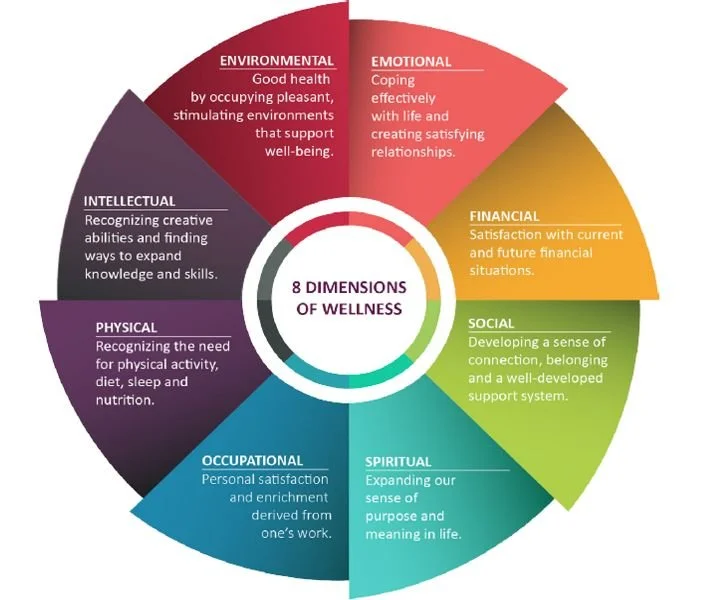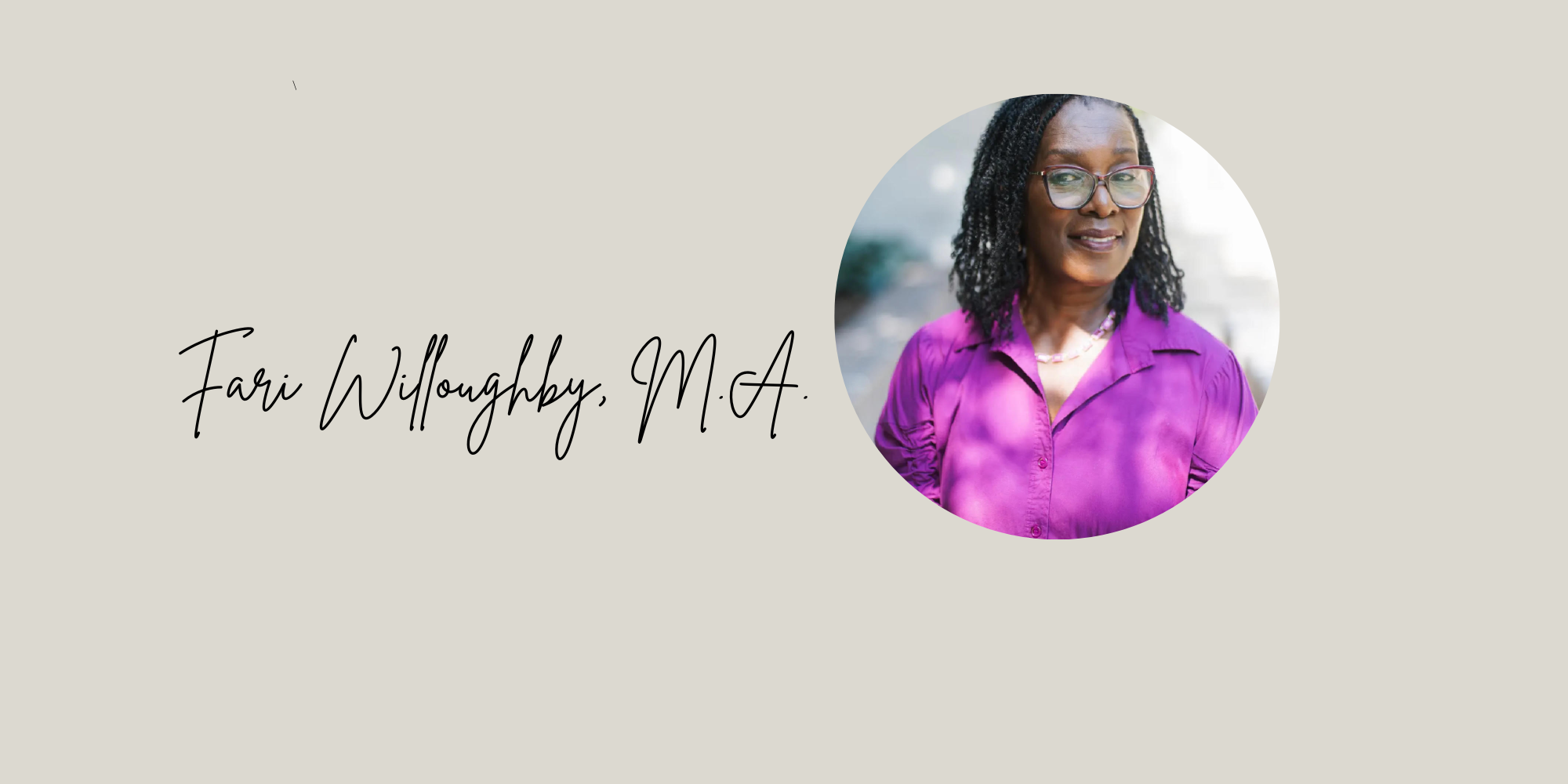Reflections on the Complexity of Human Beings
One of my favorite counseling resources is the wellness wheel. It’s a graphic representation of the complexity of each person. This complexity applies to people in general before we even delve into the added complications that arise due to trauma, loss, and other negative life experiences. This awareness, of the multidimensional nature of a person, makes me or should make me cautious when supporting a client, or walking alongside someone who is seeking help, either in a professional manner (as a therapist) or socially (as a friend) or in a family setting. Acknowledging that there is more to a person than what we immediately see helps us also realize that the support we offer cannot be superfluous but has to take into account the interactions between the different dimensions, how they affect one another and how their wellness or ‘unwellness’ also impact the being as a whole.
I recall a time when I was in a bad financial situation. I could not get a job at that time in spite of good qualifications and professional experience. My financial dimension was not in a good place. To some extent this affected me emotionally as well as I became frustrated and discouraged. My self-worth was low and I started second-guessing myself in many ways and equating my value to my financial situation. My career at the time seemed to have reached a stalemate. Three dimensions were struggling (career, financial, motional). But during this time, I had a lot of time on my hands. I was able to spend time on my spiritual disciplines: church attendance, reading the Bible, prayer and serving. My spiritual life was actually thriving. I met a lot of the people who now form my circle of friends and did a lot of activities which strengthened those bonds. So even though I was broke (financial dimension), I was quite active and I developed a strong support network (social dimension) which I still relate to symbiotically today. I did a lot of journaling during that time and started to focus more on writing, because I had the time to do it and also because this was an emotional outlet (emotional dimension). So, I was both struggling and thriving emotionally, depending on how I viewed my situation. Also because of the time I had to twiddle my thumbs, and because of frustration, I took to walking three or more miles a few days each week. This provided emotional release (emotional dimension) but became of benefit to my physical health (physical dimension) as well as I managed my weight and stayed in shape, with all the benefits associated with that.
I have given the examples above to show the interaction between the different dimensions that make us up, and how the health of each is so important to the rest of the being. As a therapist, if I can take time to learn about the different parts that make up the whole of me and how they affect each other in positive and negative ways, then maybe I can also sit with my clients and not only share this knowledge but also help them change their perceptions of each part that makes them the unique being they are. Maybe I can ask them questions which help them see that sometimes both positive and negative things can happen in a domain at the same time.
I was financially broke but I had time for different activities because I was not working.
I had time to spare so I volunteered a lot at my church, and learned a lot about running events: parties, weddings etc. skills I now use when I run my own events.
I was frustrated and so I started walking as a way of dealing with my frustrations but I ended up being physically healthier and lost weight.
How can I unpack, with my clients, what is happening in each dimension? How can I make sure I don’t just present that as a statement of fact, but instead go below the surface so that they too start to see how what might appear negative at first glance, on a deeper level is actually providing a fire under them to change something in their lives leading to improved health outcomes and wellbeing? Can we explore with them something that negatively affected them physically (like sexual abuse, or a serious illness), or relationally (divorce, rejection), in their career (stagnation, passed over for a promotion, job loss), emotionally (rejection, betrayal) and figure out what good or what positive outcomes, lessons, or growth came out in other dimensions from pain in another? Can we help them see that even when things are going wrong in one dimension good things might concurrently be happening in another? I think the wellness wheel which is cyclic and not linear can help us explore all these possibilities with our clients. If not with clients, we can explore these possibilities in our own lives.
I would like to reference this Bible verse from Genesis 50:20 (NIV)
‘You intended to harm me, but God intended it for good to accomplish what is now being done …’



